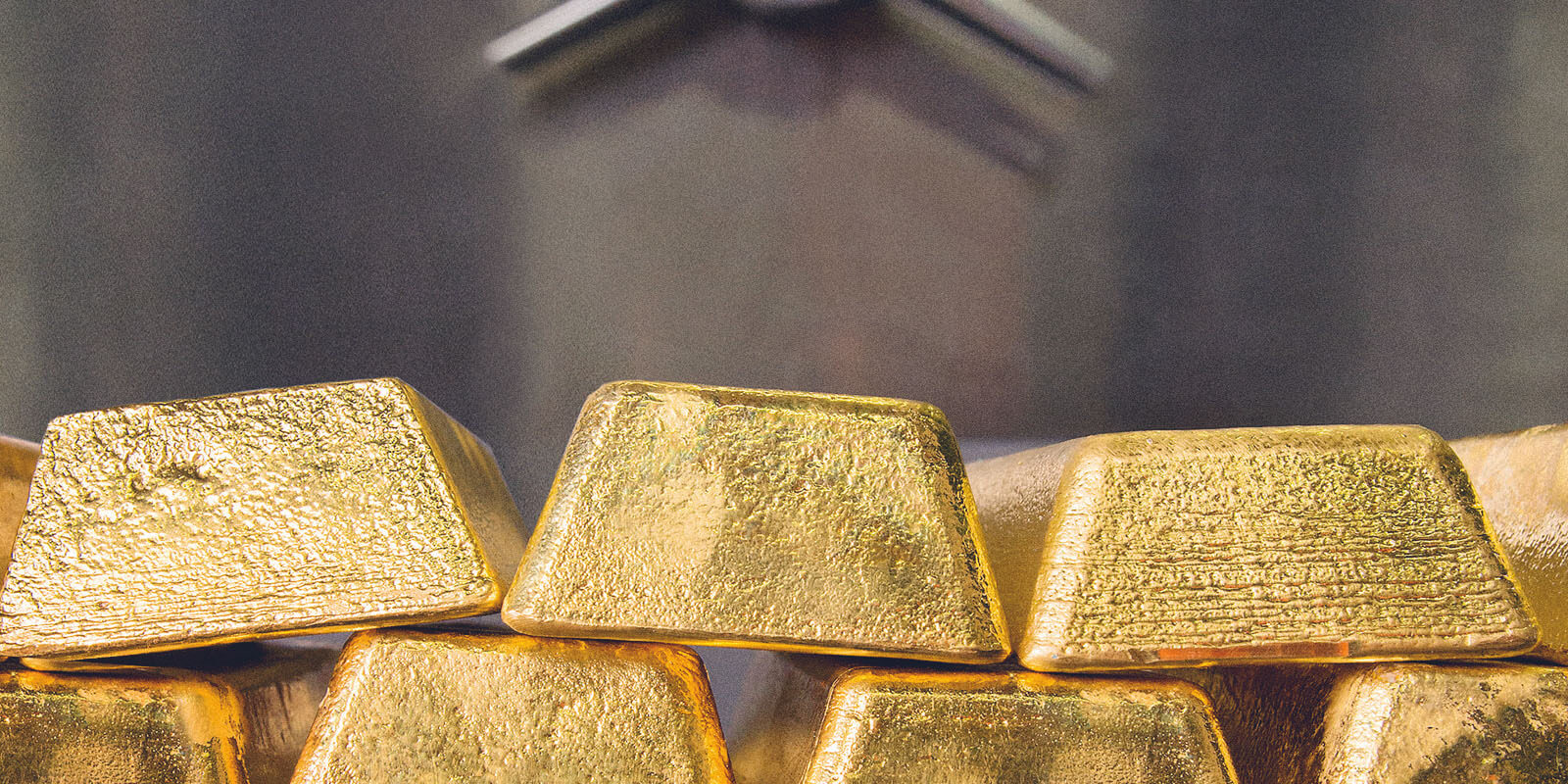If you would like to invest in precious metals but are unsure where to start, many begin their investment journey by choosing digital precious metals. The Royal Mint first introduced digital gold trading in 2015, and since then has added digital silver and digital platinum to their array of investment options.
The way in which digital precious metals work is quite simple. Inside the protected, secure home of The Royal Mint Vault ®, just outside Cardiff in South Wales, multiple large gold, silver and platinum bars are stored, each one owned in a small part by a range of investors. At any point in time from within their account area, these investors can choose to buy or sell any part of their holding. With each transaction, more of the bar is sold or made available for others to purchase. This shared ownership means that the overall costs are lower because instead of the manufacturing costs of turning this precious metal into coins or bars, you can digitally purchase a section. Incidentally, when someone purchases a part of the metal, the purchase is in their name and they own that metal. As you are unable to take delivery, it always remains in The Vault ®, so there are no associated manufacturing costs. These savings are passed onto the investors as the premium associated with purchasing digital precious metal is much lower than either coins or bars.
This section looks at the other factors to consider when deciding if investing in digital precious metals is right for you.
VAT and CGT on Digital Gold, Silver or Platinum
Although the purchase is digital, as far as HMRC is concerned the status with regard to VAT is the same. This means that purchases of digital gold are VAT-free, while purchases of digital silver and platinum are still liable for VAT. However, with digital purchases, there is still an associated ongoing storage and management fee and for this charge, across all metals, VAT is payable. Ultimately, the tax position of digital precious metals means that it does not put it at an advantage nor disadvantage when compared to coins or bars, so the same considerations apply.
The same is true of Capital Gains Tax when comparing digital metals to bullion bars, as any profits or gains made from digital metals are subject to CGT when they are above your annual allowable tax-free threshold.
How do the Costs Compare to Coins or Bars?
One of the key differences between digital precious metals and bullion coins or bars are the costs involved. When you produce a bullion coin or bar, there are naturally going to be costs involved in designing and manufacturing the finished product, and even getting it packaged up for sale. With digital precious metals, none of those associated costs apply. The metal is part of a single, large bar that is stored in a vault. If an investor chooses to buy £1,000 worth of digital gold, as the allocation of metal is ‘digital’ it physically remains part of the original large bar. This means there are no manufacturing costs associated, so the premium paid by the customer is less than with either coins or bars. In fact, digital precious metals are the cheapest way to invest in gold directly with The Royal Mint.
What About Storage for Digital Investments?
In terms of storage, when compared to bullion coins or bars, digital certainly has the upper hand. If you purchase bullion coins or bars you are either obliged to take delivery of the investment or store it with a custodian such as The Royal Mint. If you take delivery, the security of that investment is in your hands and you are advised to look after it safely and ensure it is protected and insured. If you choose to store with another party, they will take care of the security and insurance on your behalf, and you pay them a fee for this service. With digital investments, as the physical gold, silver or platinum bars never leave the security of The Royal Mint, they are offered guaranteed protection at all times. For this safety and security, you pay a small storage and management fee. However, because the metal never leaves The Vault ®, the associated costs and resulting storage fees are lower for digital precious metals than they are for physical coins or bars.
What Else do I Need to Consider?
We’ve discussed the premium and costs as well as the VAT and tax implications. However, as we’ve mentioned, you can never take delivery of a digital product. The physical gold, silver or platinum is actually there, in your name, and stored at The Royal Mint, but you can never see it, hold it or take delivery. For some investors, physically holding their product is very important. Even if you do not wish to take delivery and you would prefer to buy a coin or bar and store it in a vault, with coins or bars you can choose to take delivery at any time. With digital precious metals, this is not possible. Ultimately, you need to decide what you would prefer, and which investment type is right for you.




